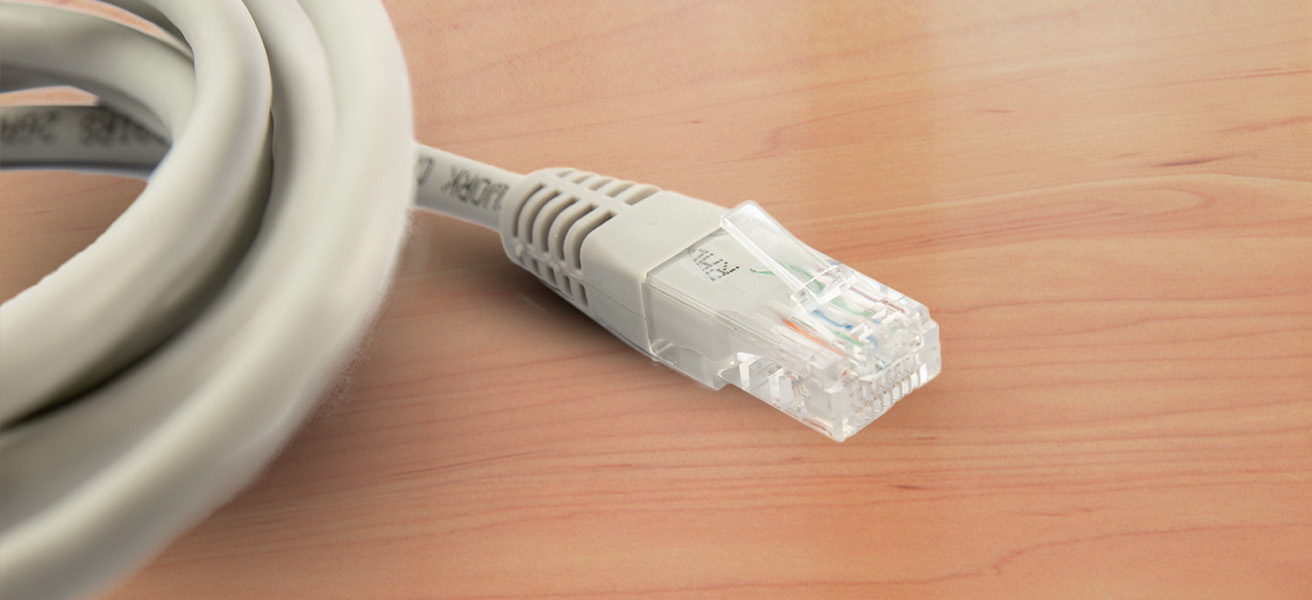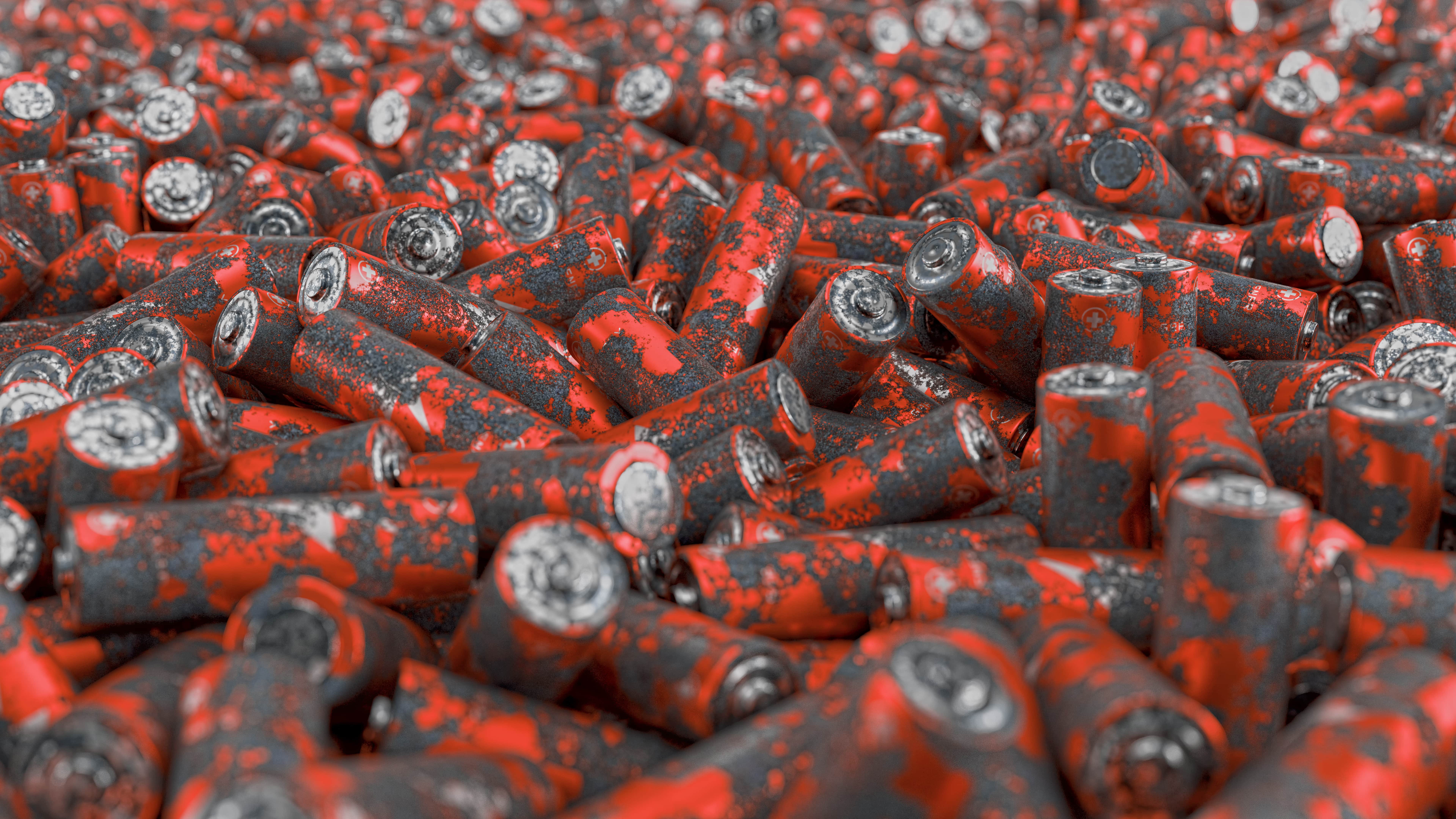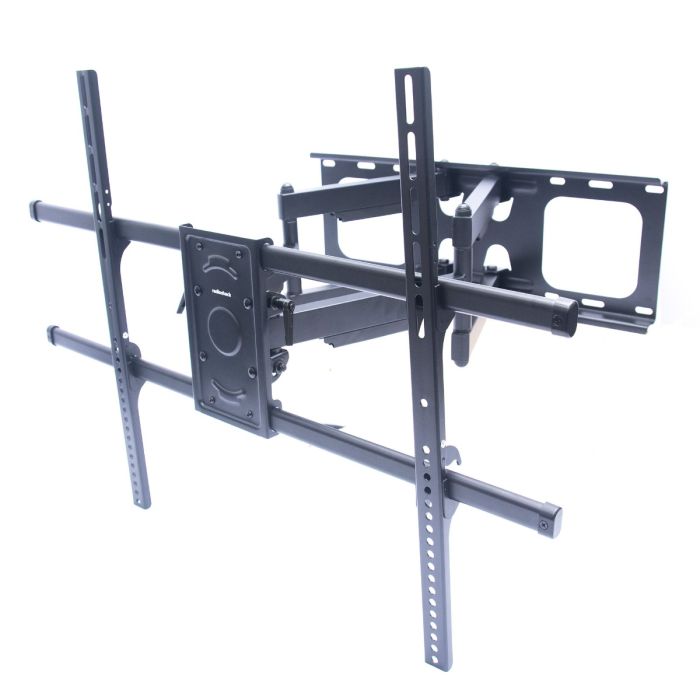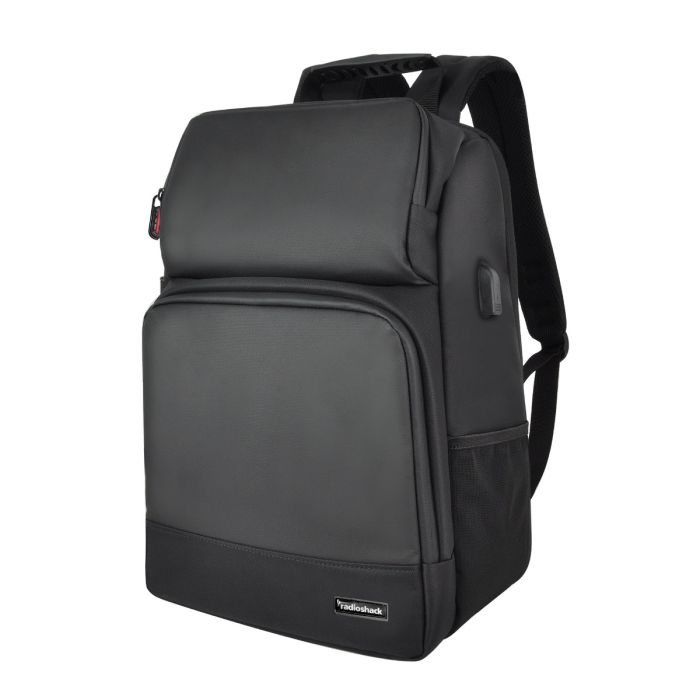Understanding the different types of CAT Cables


If you've ever set up a home or office network, chances are you've come across CAT cables. But what exactly are they? And why are there so many different types? Knowing the different types of CAT cables, like CAT5e, CAT6, CAT6a, and CAT7, can help you make smart choices about what's best for your needs. If you're a tech enthusiast, a professional, or just trying to set up a reliable internet connection, knowing your CAT cables can save you a lot of time and frustration. So, let's take a closer look at the world of CAT cables and see what makes each one unique! Keep reading.
What exactly are CAT cables?
CAT cables, or Category cables, are cables used mainly for Ethernet and networking. These cables are designed to transfer data quickly, making them perfect for connecting different devices like computers, routers, and switches. The different "categories" (that's where the "CAT" comes from) refer to the cable's specifications, including the speed, frequency, and shielding. As technology advances every day, new categories of cables have been developed to meet the growing demand for faster and more reliable data transmission.
Why are there different types of CAT cables?
Well, the answer to this question is quite simple. It all comes down to how technology has evolved and the need for faster and more efficient data transfer. As internet speeds have increased and more and more of us are looking for high-quality streaming, gaming, or browsing, there's been a growing need for cables that can handle more data. Each type of CAT cable is designed to meet specific performance needs, like data transfer speed. Let's take a look at the most common types of CAT cables and what makes each one special.
Starting with the basics, CAT5e (Category 5 Enhanced) is the most common type of Ethernet cable you'll find in homes and offices nowadays. It's an improved version of the older CAT5 cable and offers better performance, making it a great choice for everyday use, like when you're browsing the internet, streaming videos, or having fun sessions playing online games. They're great for tasks that don't require super high speeds or large amounts of data transfer. And to make it even better, they work with older devices, so it's a flexible choice for most users.
Next up is CAT6, which is a step up from CAT5e in terms of performance and capabilities. CAT6 cables can handle speeds up to 10 Gbps over short distances. They're perfect for high-performance tasks like gaming, HD video streaming, and large file transfers. If you're looking for a cable that can support faster internet speeds and more demanding applications, CAT6 is a great choice. It's ideal for gamers, video editors, or anyone who needs a fast and stable connection for day-to-day heavy tasks.
Coming up next, we have CAT6a, or Category 6 Augmented, which is an upgraded version of CAT6. It offers even better performance, with speeds up to 10 Gbps over longer distances. The "a" in CAT6a stands for "augmented," which means this cable is designed to handle higher frequencies and more data with less interference. It's perfect for professional settings, data centers, or any situation where you need a reliable and fast connection over a long distance.
The latest in Ethernet technology, CAT7 cables offer even higher speeds and better performance. With speeds up to 10 Gbps, CAT7 is perfect for users who need the best performance possible. CAT7 is great for professional environments, data centers, and situations where you need the fastest and the most reliable connection. It's great for 4K video streaming and other data apps that need a fast response.
Finally, CAT8 cables are the newest and most advanced Ethernet cables on the market, offering incredible speeds and performance. CAT8 is built for the most demanding applications, like server rooms, and professional networking environments.
How to choose the CAT cable for your needs?
Picking the right CAT cable for your networking setup can make a big difference in how well your internet works. With so many options out there, it's important to understand your needs and the differences between each type to make the best choice. We've put together a quick guide to help you make the right choice.
Speed
First, you wanna figure out how much speed and bandwidth you need. That's the first step when choosing the right CAT cable. This is mostly connected to your internet plan and the type of activities you do online. For everyday internet tasks like browsing, sending emails, and streaming (standard-definition videos), a CAT5e cable is usually fine. However, if you do a lot of online gaming, or your tasks require transferring large files, you might want to consider a CAT6 or CAT6a cable, as it works faster and without interruptions.
Check if your devices are compatible
Make sure you check the compatibility of your devices. It's important to make sure that the CAT cable you choose is compatible with your existing networking equipment, such as routers or switches. Even though most modern devices work with CAT5e cables and higher, it's always a good idea to check the specs just to be sure it’ll work properly without any trouble. And if you’re thinking of upgrading in the future, cables are usually backward compatible with older devices, so you can upgrade your cables without replacing your whole setup. Just make sure your devices can handle the speeds and performance.
Consider the cable’s quality
When you're picking a CAT cable, it's important to think about how long it'll last and how well it's made, because that can make a big difference. High-quality cables have strong materials that protect the internal wires from damage and environmental factors, this will be helpful to avoid replacing them from time to time because of wear and tear. Flexibility is also important, especially if you need to run the cable through tight spaces or around corners.
Also, you might want to consider where you'll be installing the cable. For example, if you're working in an outdoor environment, go for weather-resistant materials to keep them from breaking down over time. And if you're working in a high-temperature area, choose cables that can handle heat without losing performance.
It's important to understand the different types of CAT cables if you want to set up a reliable and efficient network. Each type of CAT cable has its own set of advantages and is designed to meet specific needs, from everyday home use to high-performance professional environments. Knowing what each category can do helps you make smart choices when buying the ideal cable for your needs.
At RadioShack, we've got a great selection of cables, including CAT, to suit all your networking needs. No matter if you're upgrading your home network or setting up a new office space, our range of high-quality cables ensures you get the best performance possible. Take a look at our product selection to find the ideal tech gadgets and accessories to keep you connected. Check out our website to learn more and take your setups to the next level!
Understanding the different types of CAT Cables


If you've ever set up a home or office network, chances are you've come across CAT cables. But what exactly are they? And why are there so many different types? Knowing the different types of CAT cables, like CAT5e, CAT6, CAT6a, and CAT7, can help you make smart choices about what's best for your needs. If you're a tech enthusiast, a professional, or just trying to set up a reliable internet connection, knowing your CAT cables can save you a lot of time and frustration. So, let's take a closer look at the world of CAT cables and see what makes each one unique! Keep reading.
What exactly are CAT cables?
CAT cables, or Category cables, are cables used mainly for Ethernet and networking. These cables are designed to transfer data quickly, making them perfect for connecting different devices like computers, routers, and switches. The different "categories" (that's where the "CAT" comes from) refer to the cable's specifications, including the speed, frequency, and shielding. As technology advances every day, new categories of cables have been developed to meet the growing demand for faster and more reliable data transmission.
Why are there different types of CAT cables?
Well, the answer to this question is quite simple. It all comes down to how technology has evolved and the need for faster and more efficient data transfer. As internet speeds have increased and more and more of us are looking for high-quality streaming, gaming, or browsing, there's been a growing need for cables that can handle more data. Each type of CAT cable is designed to meet specific performance needs, like data transfer speed. Let's take a look at the most common types of CAT cables and what makes each one special.
Starting with the basics, CAT5e (Category 5 Enhanced) is the most common type of Ethernet cable you'll find in homes and offices nowadays. It's an improved version of the older CAT5 cable and offers better performance, making it a great choice for everyday use, like when you're browsing the internet, streaming videos, or having fun sessions playing online games. They're great for tasks that don't require super high speeds or large amounts of data transfer. And to make it even better, they work with older devices, so it's a flexible choice for most users.
Next up is CAT6, which is a step up from CAT5e in terms of performance and capabilities. CAT6 cables can handle speeds up to 10 Gbps over short distances. They're perfect for high-performance tasks like gaming, HD video streaming, and large file transfers. If you're looking for a cable that can support faster internet speeds and more demanding applications, CAT6 is a great choice. It's ideal for gamers, video editors, or anyone who needs a fast and stable connection for day-to-day heavy tasks.
Coming up next, we have CAT6a, or Category 6 Augmented, which is an upgraded version of CAT6. It offers even better performance, with speeds up to 10 Gbps over longer distances. The "a" in CAT6a stands for "augmented," which means this cable is designed to handle higher frequencies and more data with less interference. It's perfect for professional settings, data centers, or any situation where you need a reliable and fast connection over a long distance.
The latest in Ethernet technology, CAT7 cables offer even higher speeds and better performance. With speeds up to 10 Gbps, CAT7 is perfect for users who need the best performance possible. CAT7 is great for professional environments, data centers, and situations where you need the fastest and the most reliable connection. It's great for 4K video streaming and other data apps that need a fast response.
Finally, CAT8 cables are the newest and most advanced Ethernet cables on the market, offering incredible speeds and performance. CAT8 is built for the most demanding applications, like server rooms, and professional networking environments.
How to choose the CAT cable for your needs?
Picking the right CAT cable for your networking setup can make a big difference in how well your internet works. With so many options out there, it's important to understand your needs and the differences between each type to make the best choice. We've put together a quick guide to help you make the right choice.
Speed
First, you wanna figure out how much speed and bandwidth you need. That's the first step when choosing the right CAT cable. This is mostly connected to your internet plan and the type of activities you do online. For everyday internet tasks like browsing, sending emails, and streaming (standard-definition videos), a CAT5e cable is usually fine. However, if you do a lot of online gaming, or your tasks require transferring large files, you might want to consider a CAT6 or CAT6a cable, as it works faster and without interruptions.
Check if your devices are compatible
Make sure you check the compatibility of your devices. It's important to make sure that the CAT cable you choose is compatible with your existing networking equipment, such as routers or switches. Even though most modern devices work with CAT5e cables and higher, it's always a good idea to check the specs just to be sure it’ll work properly without any trouble. And if you’re thinking of upgrading in the future, cables are usually backward compatible with older devices, so you can upgrade your cables without replacing your whole setup. Just make sure your devices can handle the speeds and performance.
Consider the cable’s quality
When you're picking a CAT cable, it's important to think about how long it'll last and how well it's made, because that can make a big difference. High-quality cables have strong materials that protect the internal wires from damage and environmental factors, this will be helpful to avoid replacing them from time to time because of wear and tear. Flexibility is also important, especially if you need to run the cable through tight spaces or around corners.
Also, you might want to consider where you'll be installing the cable. For example, if you're working in an outdoor environment, go for weather-resistant materials to keep them from breaking down over time. And if you're working in a high-temperature area, choose cables that can handle heat without losing performance.
It's important to understand the different types of CAT cables if you want to set up a reliable and efficient network. Each type of CAT cable has its own set of advantages and is designed to meet specific needs, from everyday home use to high-performance professional environments. Knowing what each category can do helps you make smart choices when buying the ideal cable for your needs.
At RadioShack, we've got a great selection of cables, including CAT, to suit all your networking needs. No matter if you're upgrading your home network or setting up a new office space, our range of high-quality cables ensures you get the best performance possible. Take a look at our product selection to find the ideal tech gadgets and accessories to keep you connected. Check out our website to learn more and take your setups to the next level!
An essential feature to look for is a laptop compartment with padding, as this can protect your device from any damage in case of accidental drops or bumps. If you find yourself in the position where you found a backpack you really like but doesn't have these features, a laptop sleeve or organizing case can be a complimentary item to your backpack.
-
Prioritize ergonomics
The key feature to look for in any accessory is its ergonomic design. Having to carry a heavy and uncomfortable backpack for prolonged periods will definitely make your experience more unpleasant. High-quality backpacks are designed with adjustable padded shoulder straps that distribute the weight evenly to reduce the pressure on your shoulders and customize the fit. Also, a great feature to look for is a contoured back panel that offers lumbar support and prevents strain on your back. This will not only provide support but also help with ventilation to prevent overheating.
-
Check for materials
High-quality backpacks are made to withstand everyday wear and tear. This is especially important if you're a frequent traveler. The ideal backpack for you should have quality materials that are able to last over the years, such as polyester, or leather. Also, when choosing a backpack, make sure it's water-resistant or has waterproof materials to protect your belongings from rain or unexpected weather conditions. Remember, it's always best to invest in a reliable backpack from the start rather than having to constantly change your travel gear because it doesn’t adjust to your needs.
-
Consider versatility
We know the main topic is how to find the best backpack for your business trips, but there's nothing better than having accessories that can adapt to different scenarios and situations. Consider a backpack that can easily transition from business meetings to casual settings, or any desired environment. Classic colors like black, navy, or gray are often the more versatile colors for any situation. However, even if That is why is important to match your backpack with your personal style.
Balancing professional style and functionality
As we mentioned before, a backpack should be able to adapt to different scenarios and match your personal style at the same time. So, finding the right balance between the best of both worlds is crucial to fully enjoy your new purchase. When we think about a business travel backpack, it kind of feels like finding a balance involving a superhero costume and a boring briefcase, as it should be able to handle all your belongings efficiently while looking sharp and professional.
RadioShack 15.6" Laptop backpack 2607113 Black
The right backpack needs a delicate balance between professional elegance and practical functionality. Our recommendation is to opt for a minimalist and sophisticated design, as these backpacks can seamlessly adapt to business needs but also less formal settings. Neutral colors are always the go-to option when it comes to business, as you want to project professionalism without attracting too much attention by having a bright neon backpack. And with this don't get us wrong, we're not advising you to go get a boring backpack, just try to combine a refined exterior with functional interior features. Look for well-organized compartments that can handle everything from your laptop to your lunch without turning into a bottomless crater with tangled cords and misplaced documents.
By choosing a design that marries a sophisticated style with practical features, you ensure that your backpack not only complements your business attire but also enhances your overall efficiency and confidence during travel, highlighting your personal touch. Don’t forget to check out our backpack selection at RadioShack to find your perfect match! Keep tuned for more tips and guides.



